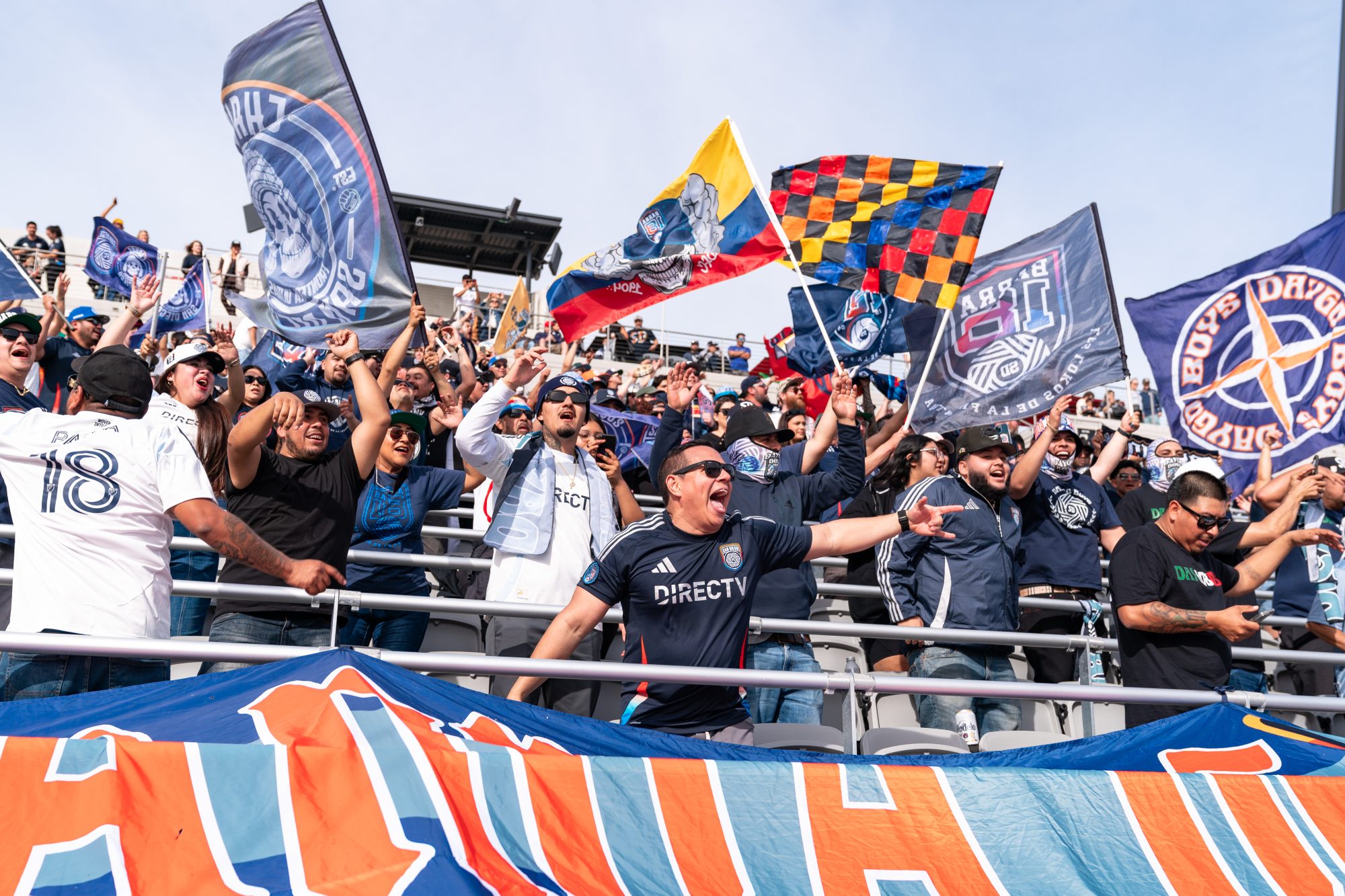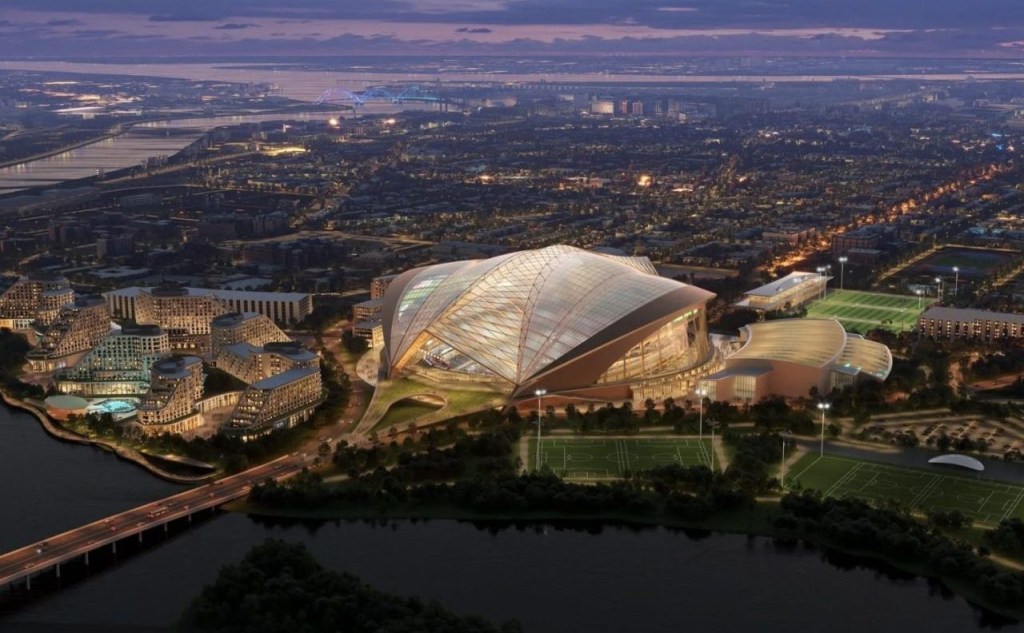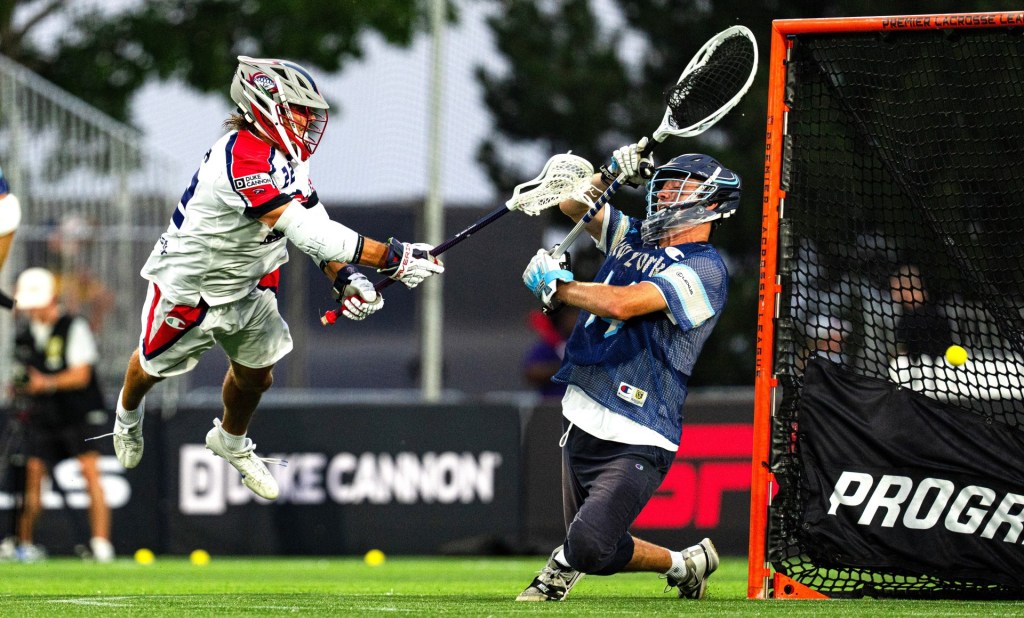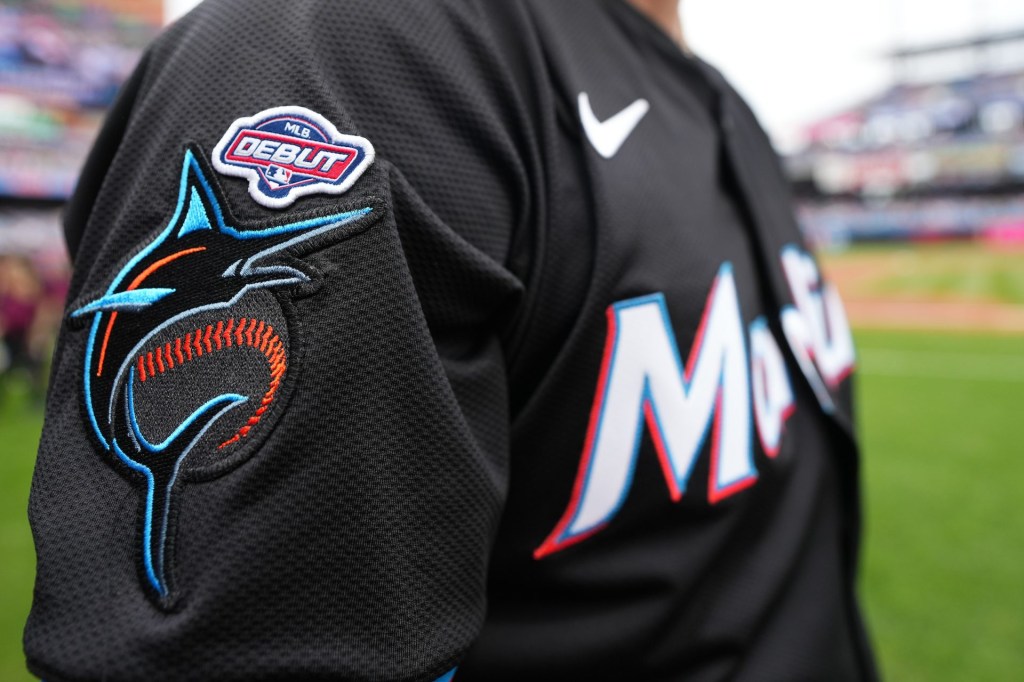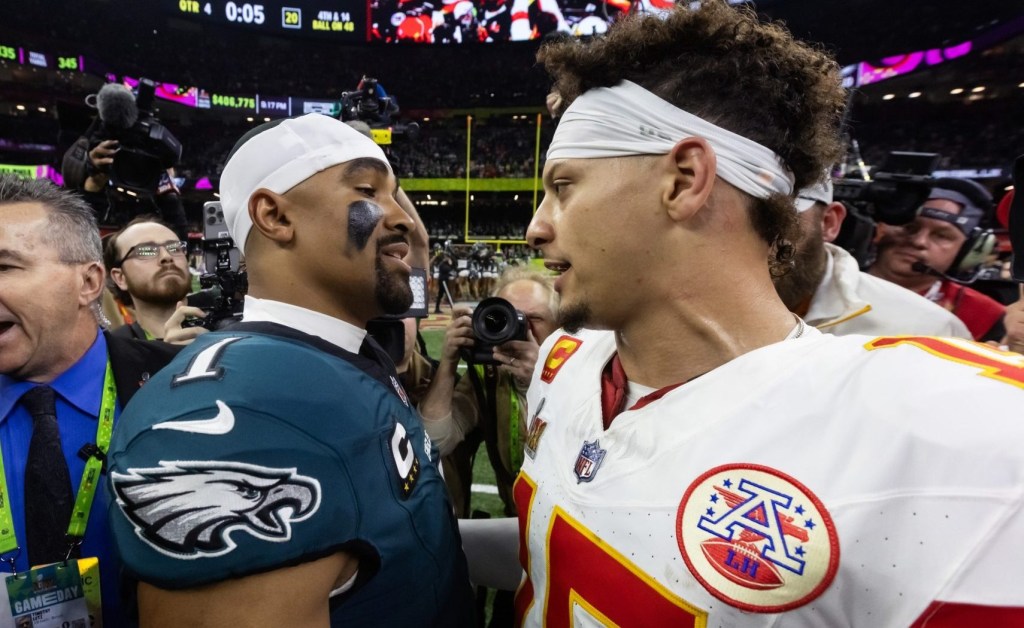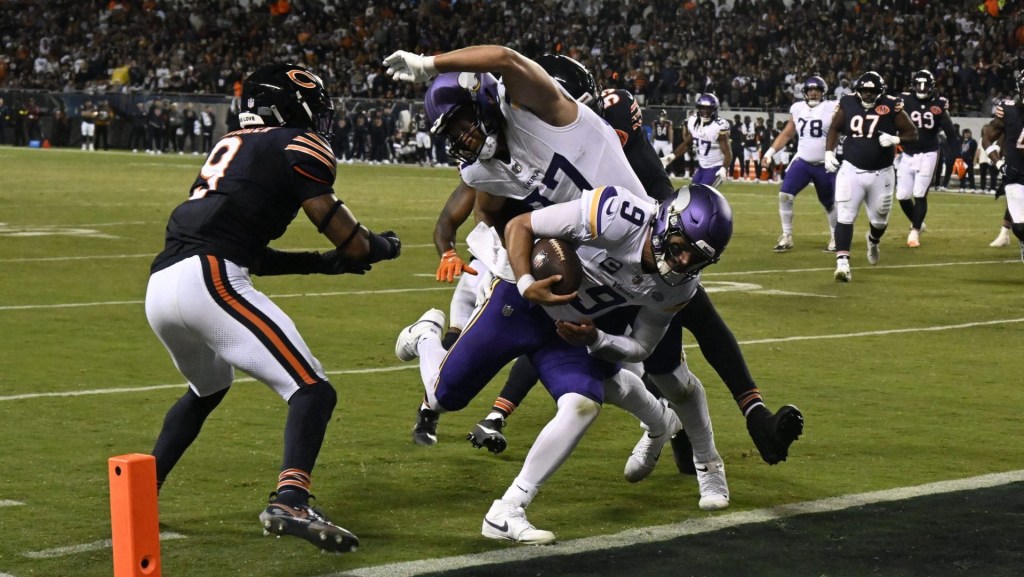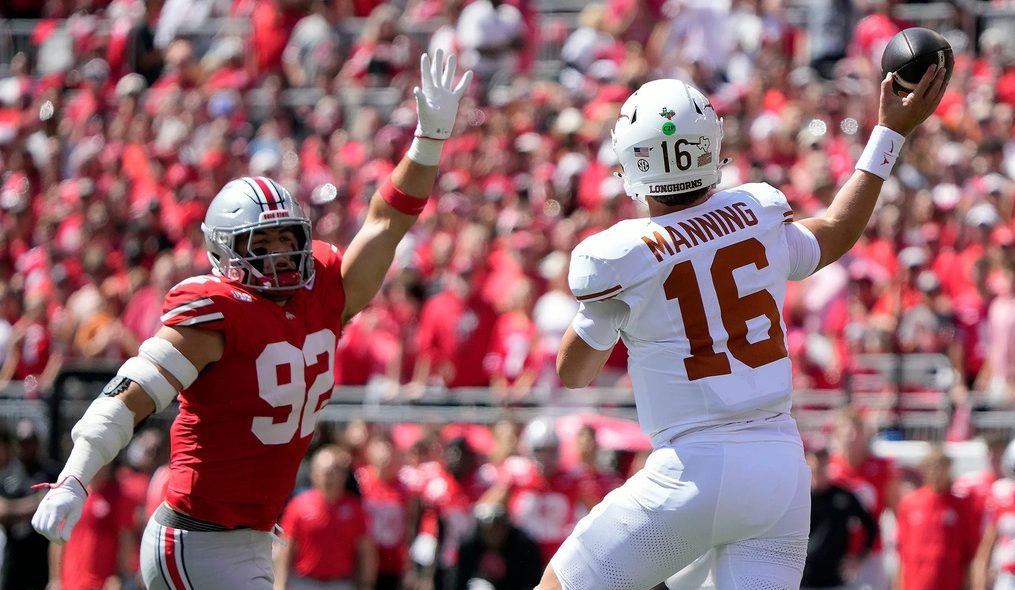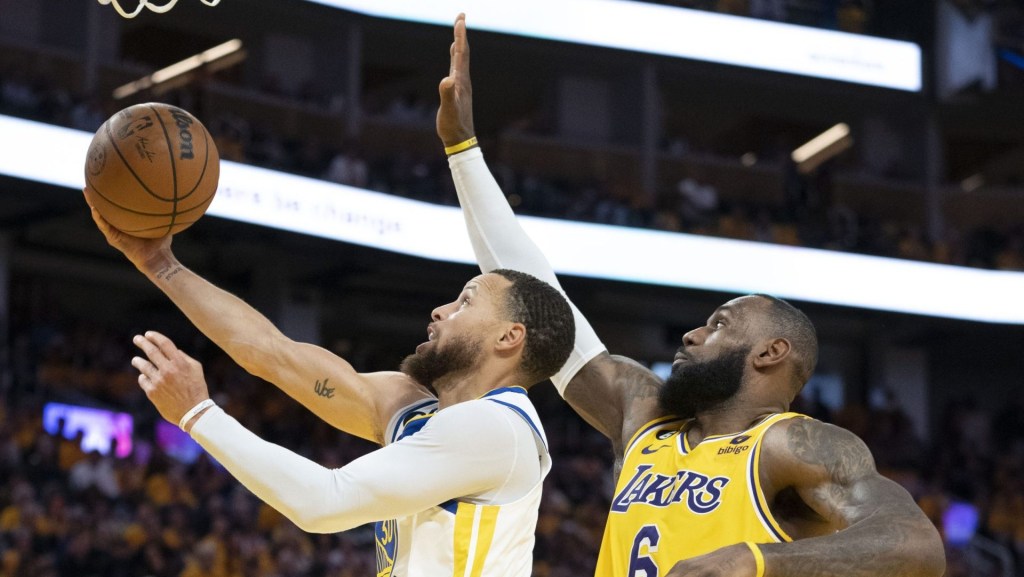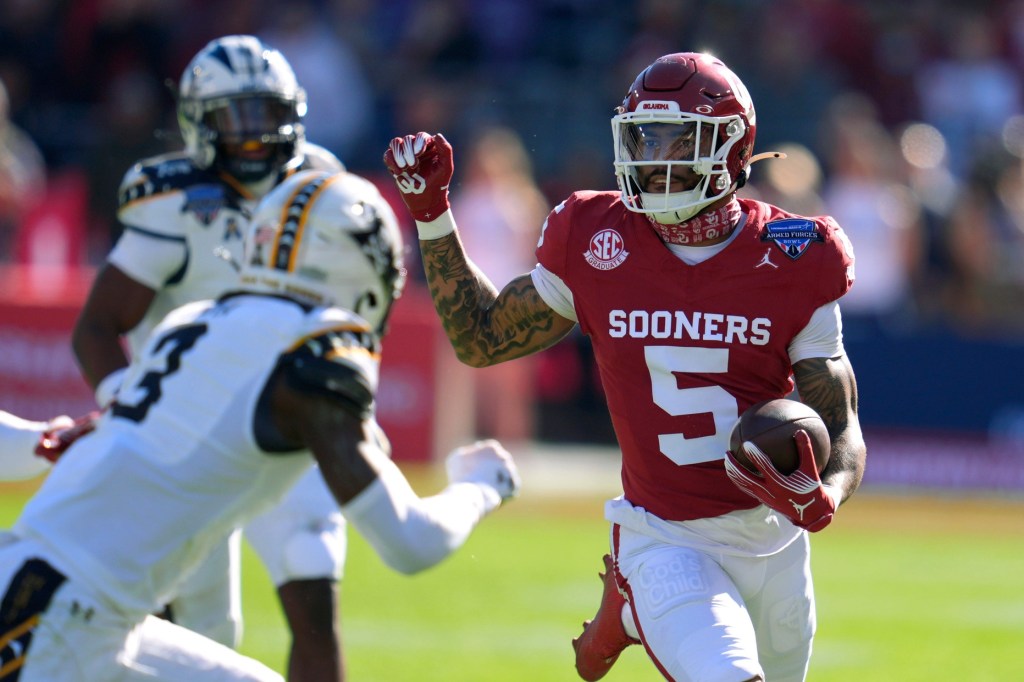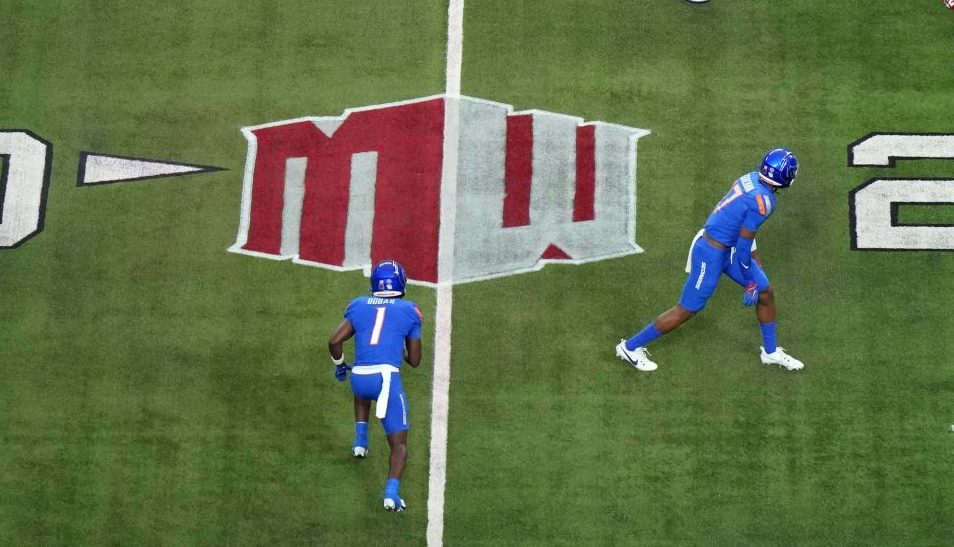MLS expansion club San Diego FC will make its regular-season debut Sunday at LAFC, as the league grows to 30 teams and franchise valuations continue to soar.
San Diego’s ownership group, led by British Egyptian entrepreneur Mohamed Mansour and the Sycuan Band of the Kumeyaay Nation (the first Native American ownership group in global soccer), agreed to pay an MLS-record $500 million expansion fee when it was awarded a team in 2023.
That’s up almost 54% from the previous MLS high of $325 million that Charlotte FC paid in 2019 (launched in 2022), and the same amount Bill Foley’s group paid ($500 million) for the Vegas Golden Knights when they entered the NHL in 2017.
“People are willing to invest a lot of money just to get into MLS,” San Diego FC co-owner and CEO Tom Penn tells Front Office Sports.
Penn has some experience launching MLS clubs, as he was a cofounder, part-owner, and the first president of LAFC, which paid $110 million to enter MLS in 2014 and is now the most valuable team in the league, worth more than $1 billion. Penn exited and divested from LAFC in 2020.
Stateside State of Mind
Why is so much cash flowing into MLS?
“In part because of the growth of the league itself, and the sport in America,” Penn says. “But also because of the construct of a closed league without promotion and relegation.”
That latter part is key, after last week’s announcement from the second-tier United Soccer League about plans to launch its own Division I men’s professional league and potentially implement promotion and relegation as the vast majority of global soccer has.
“The rest of the world always sort of turns their nose up at that, and says it’s not a proper way to do things,” Penn says of the MLS structure. “But the truth is that these opportunities in American sport, across all leagues, these are like works of art—precious commodities. It’s like a Monet or a Renoir because only 30 of these exist, and you’re guaranteed to stay in that league. And therefore you have real value towards the lower end of the league.”
It’s that reason why someone like Mansour, who has a personal net worth of more than $3 billion, chose MLS to invest in. “When you see the league-wide valuation, it stacks up really, really favorably against other leagues in the world,” Penn says.
Building From the Ground Up
San Diego will play its home matches at the largest soccer-specific venue in the U.S., the 35,000-capacity Snapdragon Stadium, which it shares with the NWSL’s San Diego Wave and the San Diego State football team.
Beyond the $500 million expansion fee, San Diego has invested roughly $150 million into its facilities, which include the newly opened Sharp HealthCare Performance Center that is part of the club’s 125,000-square-foot campus in El Cajon, Calif., on the Sycuan Reservation.
That’s also where San Diego operates its youth academy, which is part of the Right to Dream system that Mansour owns and has campuses in Denmark, Egypt, and Ghana, where he also owns teams.
